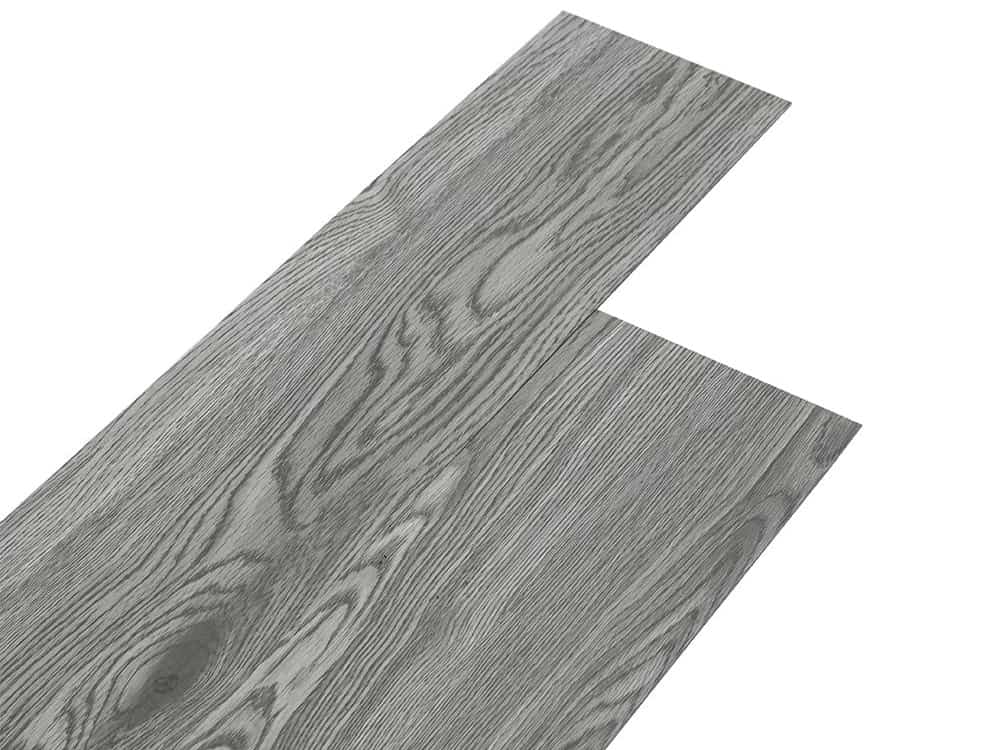Flooring is one of the most important aspects to consider when deciding on the design of leisure and entertainment facilities. This includes places like sports stadiums leisure centres, gyms, theatres, hotels, theme parks, zoos and museums.
The one thing these places have in common is a very high volume of foot traffic, sometimes daily, with the associated wear and soiling and also in some cases, exposure to the elements.
Obviously, in a public location with a high number of people, safety is paramount and this is not just to comply with the law but also for self-benefit, such as avoiding law suits and lowering insurance costs.
Other things to consider are durability, the ability to cope with high wear and ease of maintenance.
Of course, these are criteria that most flooring needs to fulfill but you must remember that the sheer intensity and volume of impact on these floors will be much higher than in the average home or office.
Lastly, the flooring will need to adapt to the particular needs of that leisure facility and to blend well with the rest of the design scheme.
Thus flooring for sports stadiums may need to be slip-resistant, impact-resistant and possibly even cushioning whereas flooring for cinemas may need to be stain-resistant, easily cleaned, cope with daily high traffic and also look right for the ambience that the cinema is trying to achieve.
Safe Floors
It is law that flooring in public places must meet health and safety requirements.
However, this should not be looked upon as a “nuisance” but as something which can actually benefit the premises itself and its owners; i.e. flooring which complies with health and safety regulations not only prevents accidents and consequently expensive law suits but may also lower the cost of insurance premiums.
The most common accidents involve slips and falls, so most floors, particularly those that could become wet easily and frequently, are required to have an anti-slip surface, such as Rubber or to be embedded with studs and ridges to give good traction (e.g. tiles).
Don’t forget also that your leisure facility must also satisfy the DDA requirements and thus flooring must be easy to travel on, particularly at entranceways, for those with disabilities.
Types of Flooring Material
There is a vast range of flooring materials used in the leisure industry, to suit the different practical and design needs of the different facilities. Here are some of the common choices:
- Concrete areas – canteens, sports halls, walkways, assembly areas, stadiums, ticketing areas, ramps, play areas and tracks.
- Steel areas – walkways, bridge decks, ramps, fire escapes, mezzanine areas, foot bridges, loading bays and vehicle service facilities.
- Aluminium areas – similar to steel.
- Timber areas – wheelchair ramps, stages, timber bridge decks.
Rubber is also an extremely popular flooring choice because of its high durability and extremely high resistance to wear and tear. It also provides cushioning underfoot and thus is anti-fatigue, as well as being waterproof, stain-resistant and incredibly easy to clean.
Rubber flooring is particularly suitable as sports flooring and is approved by most major indoor sports federations for its high performance, especially in the areas of playability and safety.
It has great resistance to indentation and its cushioning also means that it provides superior shock absorption in the case of spills, tumbles and falls.
It can even have a special surface treatment which provides the correct amount of grip and slide, whatever kind of activity is taken, such as football, volleyball or basketball.
Other materials that are popular are vinyl and linoleum. Although they are less hard-wearing than rubber, they still stand up extremely well to general wear and tear – as well as being very easy to maintain.
What’s more, they come in a huge range of colours and designs, especially vinyl which can often replicate the look of more expensive flooring materials.
Linoleum has traditionally been recommended above vinyl for its environmentally-friendly properties as it is made of natural materials and is biodegradable – however, recent research debates whether there is a significant difference between the two in terms of environmental burden.
Certainly, vinyl surpasses linoleum in terms of installation and maintenance.



